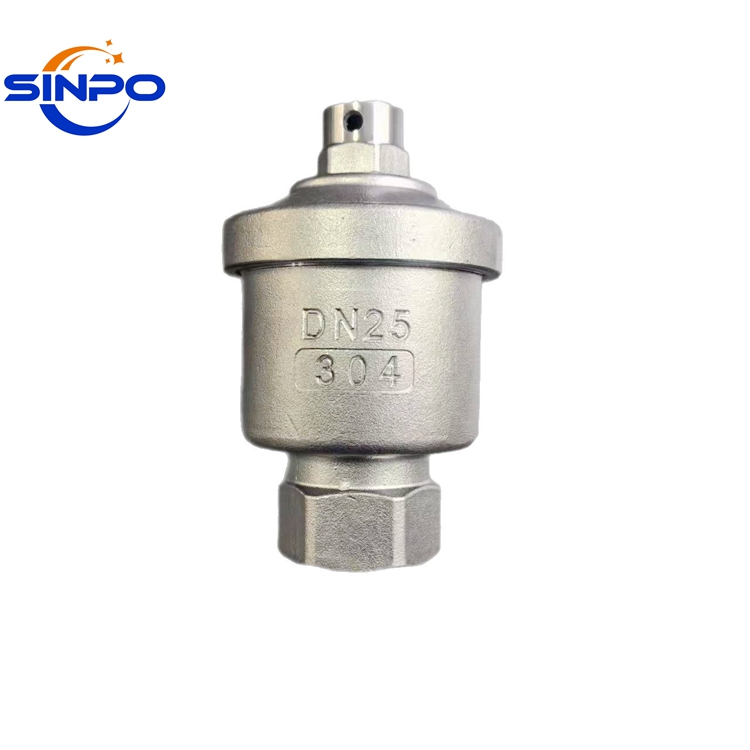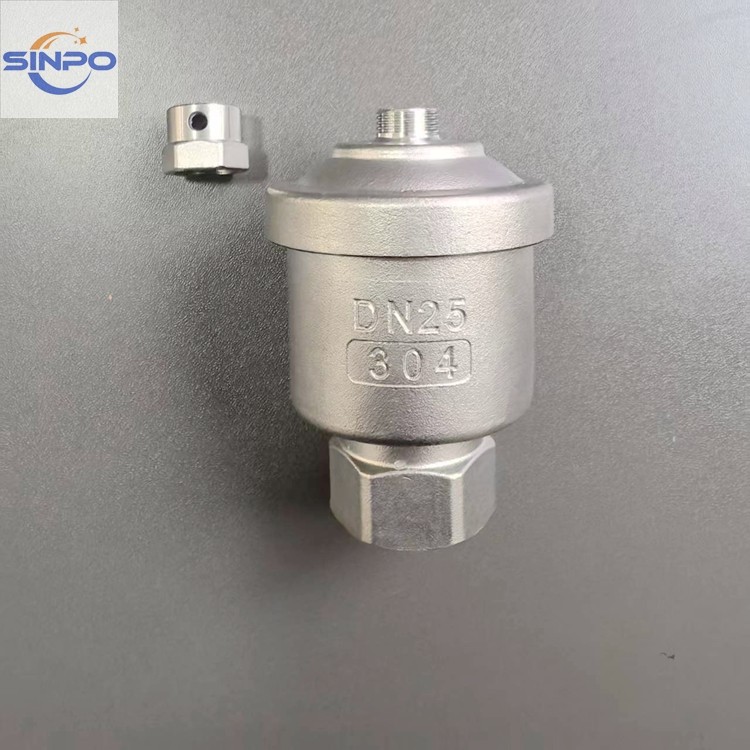An industrial air vent valve is a critical component designed to automatically or manually release trapped air from liquid systems in industrial settings, ensuring operational efficiency, safety, and longevity.


Key Features & Functions:
1. Purpose:
- Removes air pockets from pipelines, boilers, HVAC systems, and hydraulic setups to prevent inefficiencies (e.g., reduced heat transfer, corrosion, or flow blockage).
- Maintains system pressure and prevents cavitation or water hammer.
2. Types:
- Automatic Valves:
- Use floats, thermostatic elements, or sensors to detect and vent air without manual intervention. Common in HVAC and steam systems.
- Manual Valves:
- Require periodic human operation for air release. Used in accessible or low-risk areas.
3.Applications:
- HVAC Systems: Prevent airlocks in heating/cooling circuits.
- Steam Systems: Ensure efficient condensate return.
- Water Treatment/Pipelines: Remove air during filling/draining.
- Fire Suppression/Oil & Gas: Ensure rapid liquid response and prevent air-induced delays.
Installation & Maintenance
- Installation: Positioned at system high points where air accumulates. Ensure proper sealing and alignment with flow direction.
- Maintenance:
- Regular checks for leaks, corrosion, or clogging (clean filters/strainers).
- Test automatic mechanisms (e.g., floats) for smooth operation.
Standards & Safety
- Complies with ASME, ISO, or industry-specific certifications.
- Designed to handle system pressure safely, with fail-safes for high-risk environments.
Conclusion
Industrial air vent valves are tailored to diverse industrial needs, balancing automation, material durability, and compliance. Proper selection and maintenance ensure optimized performance and safety in critical systems.